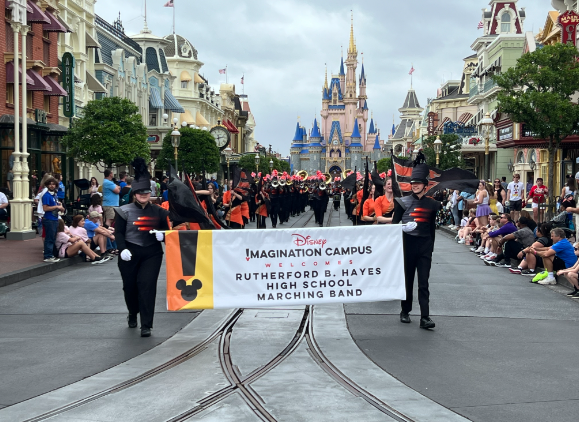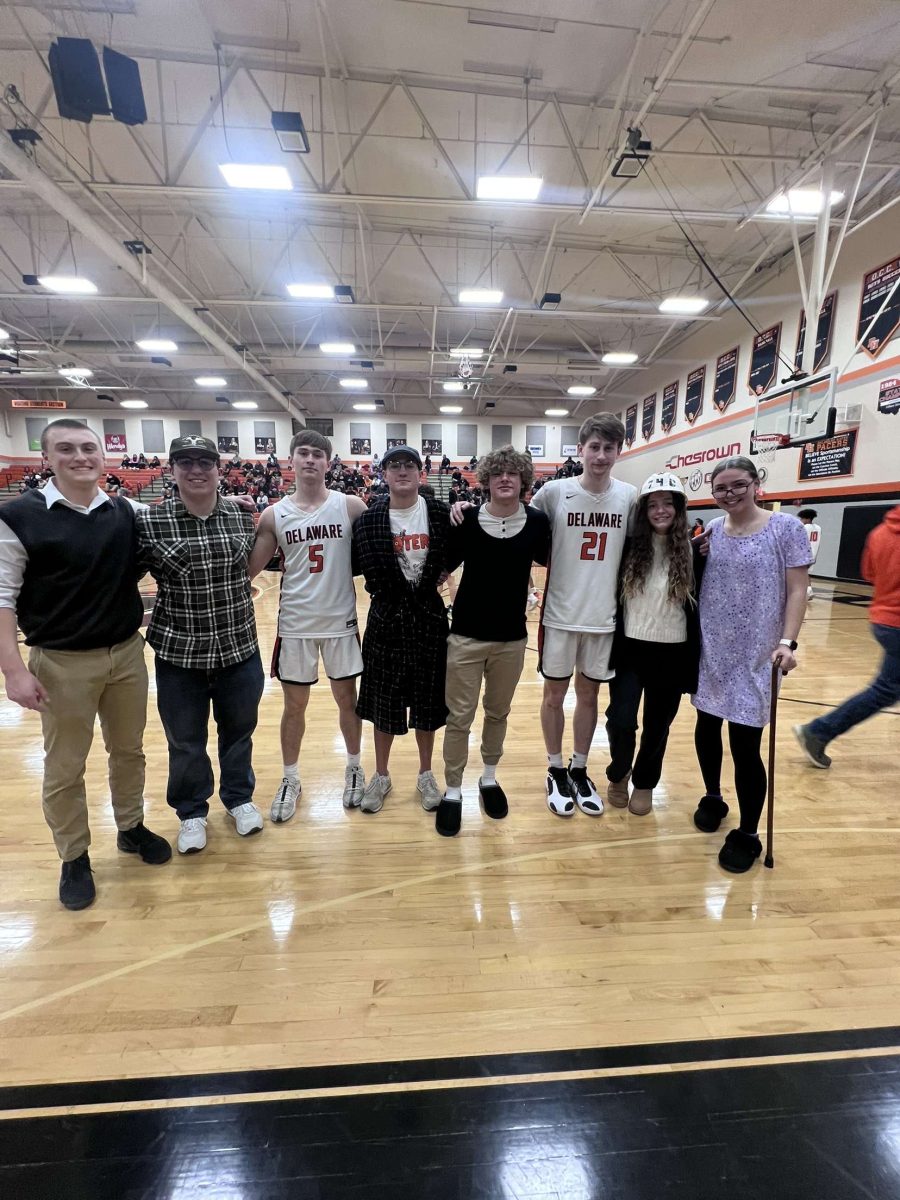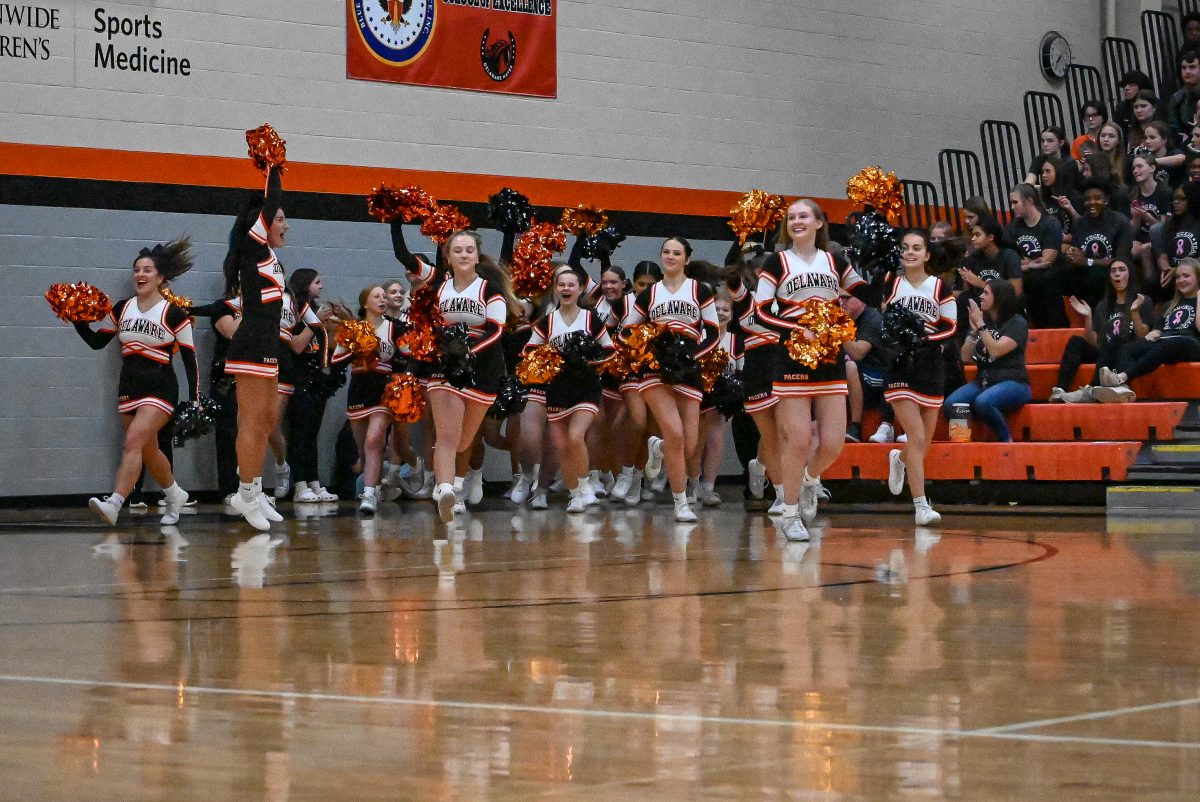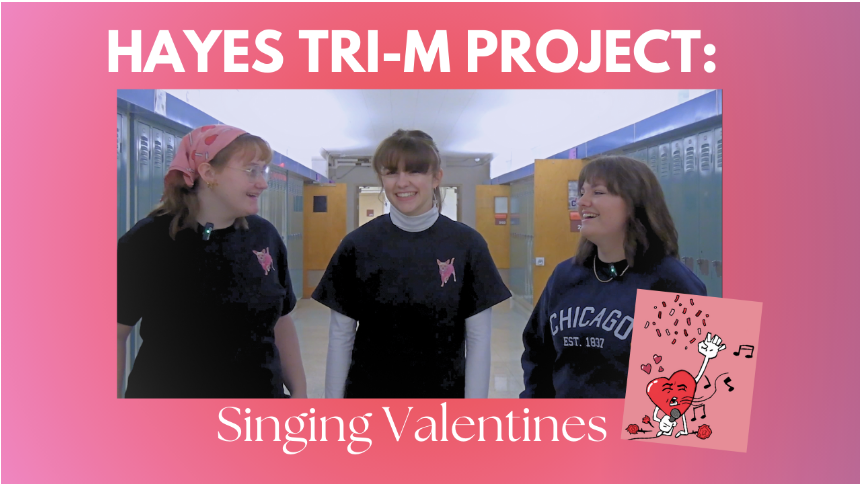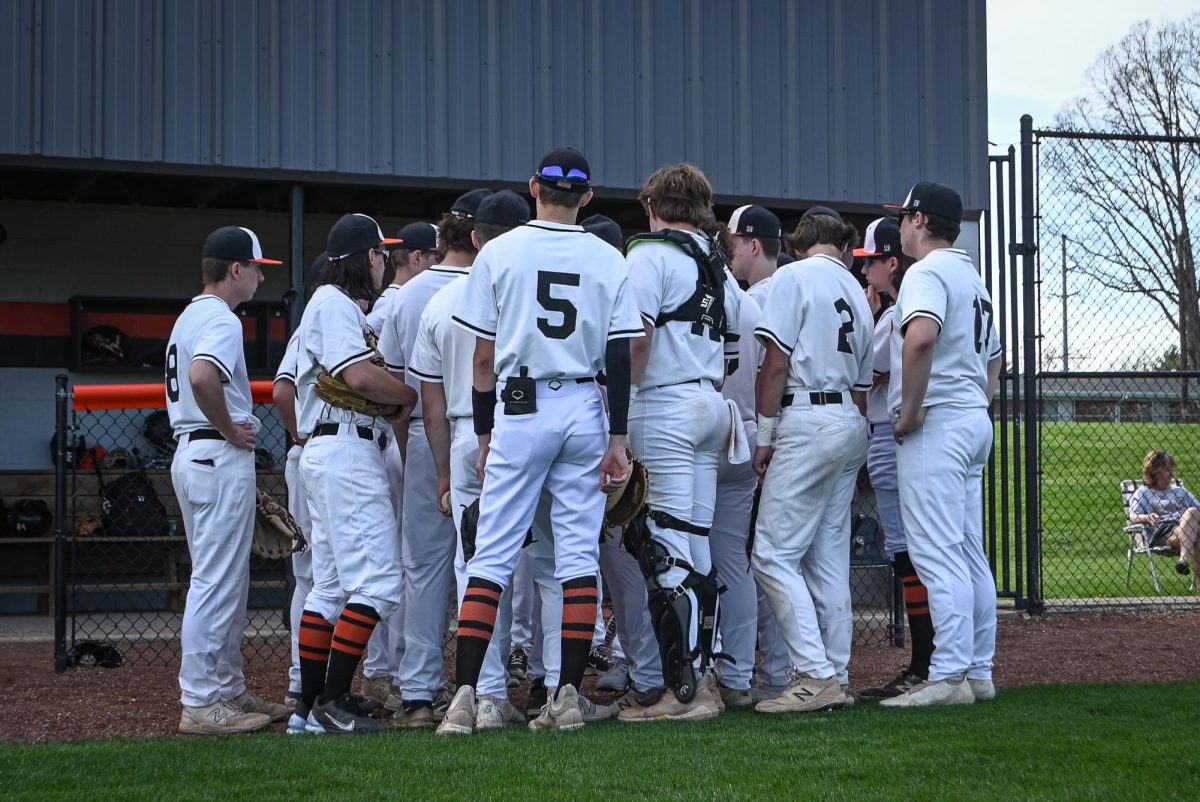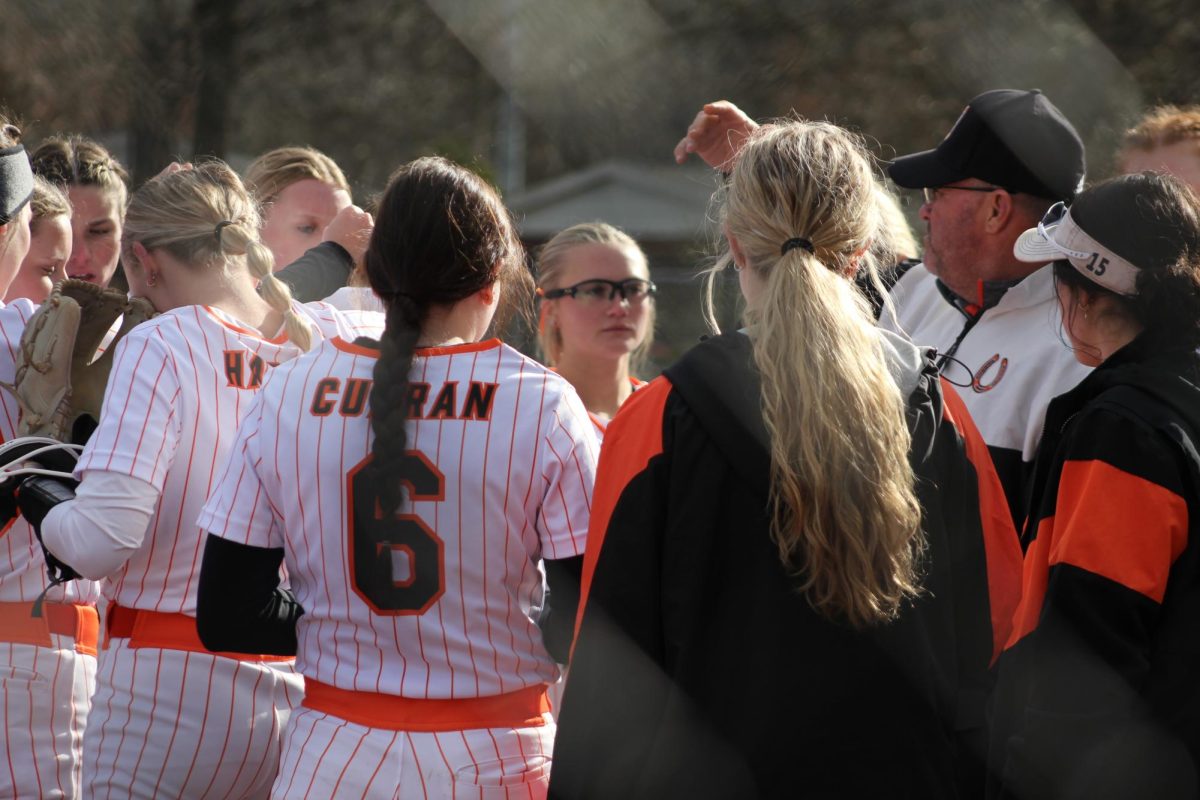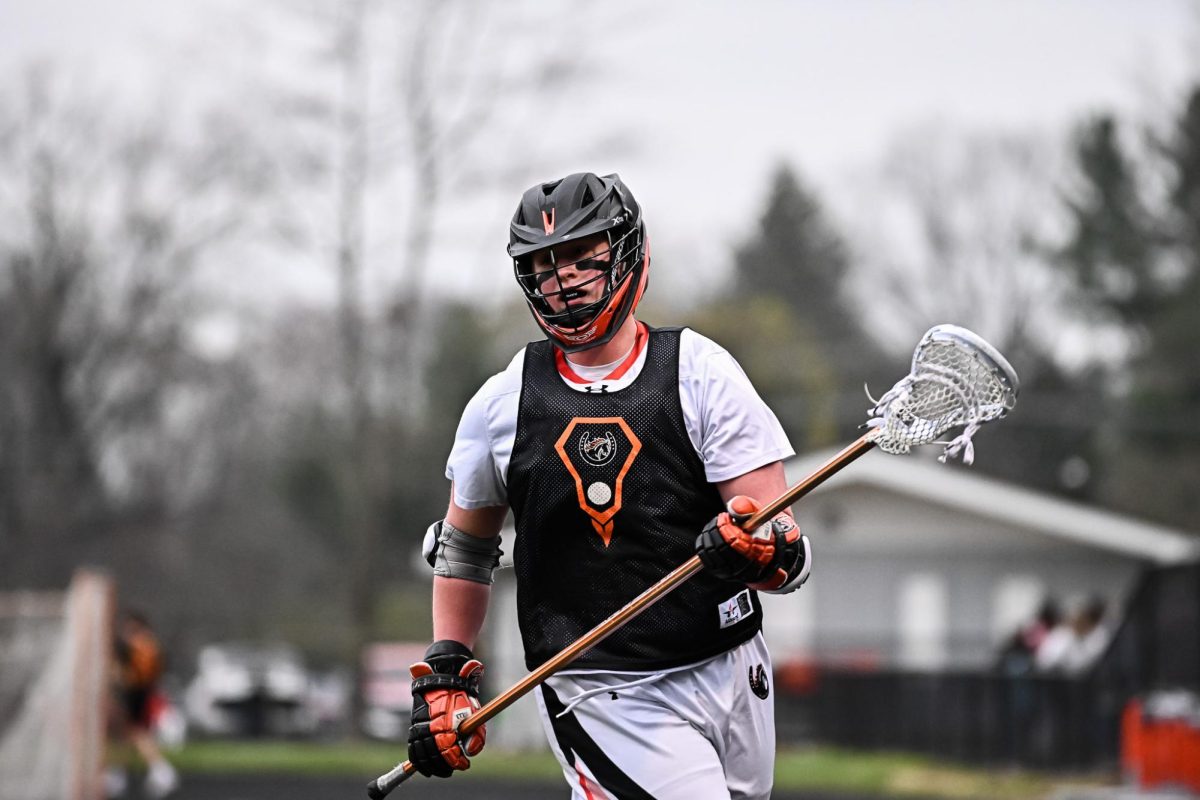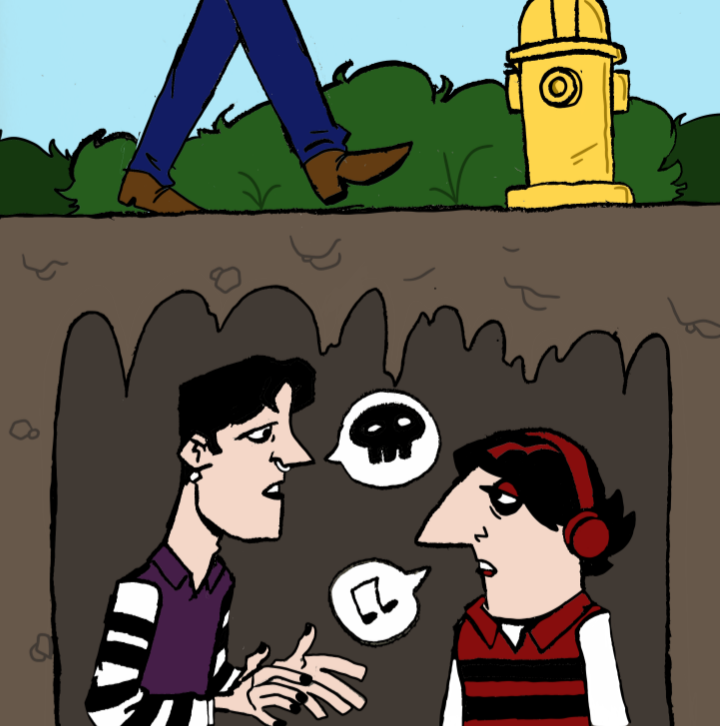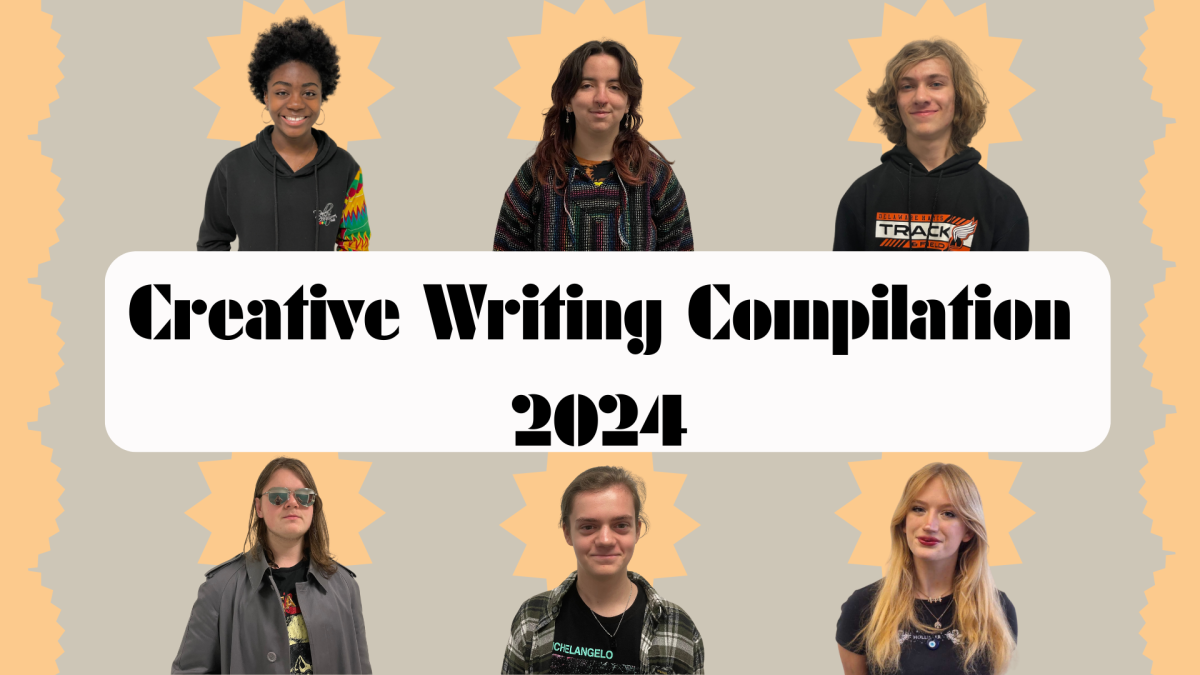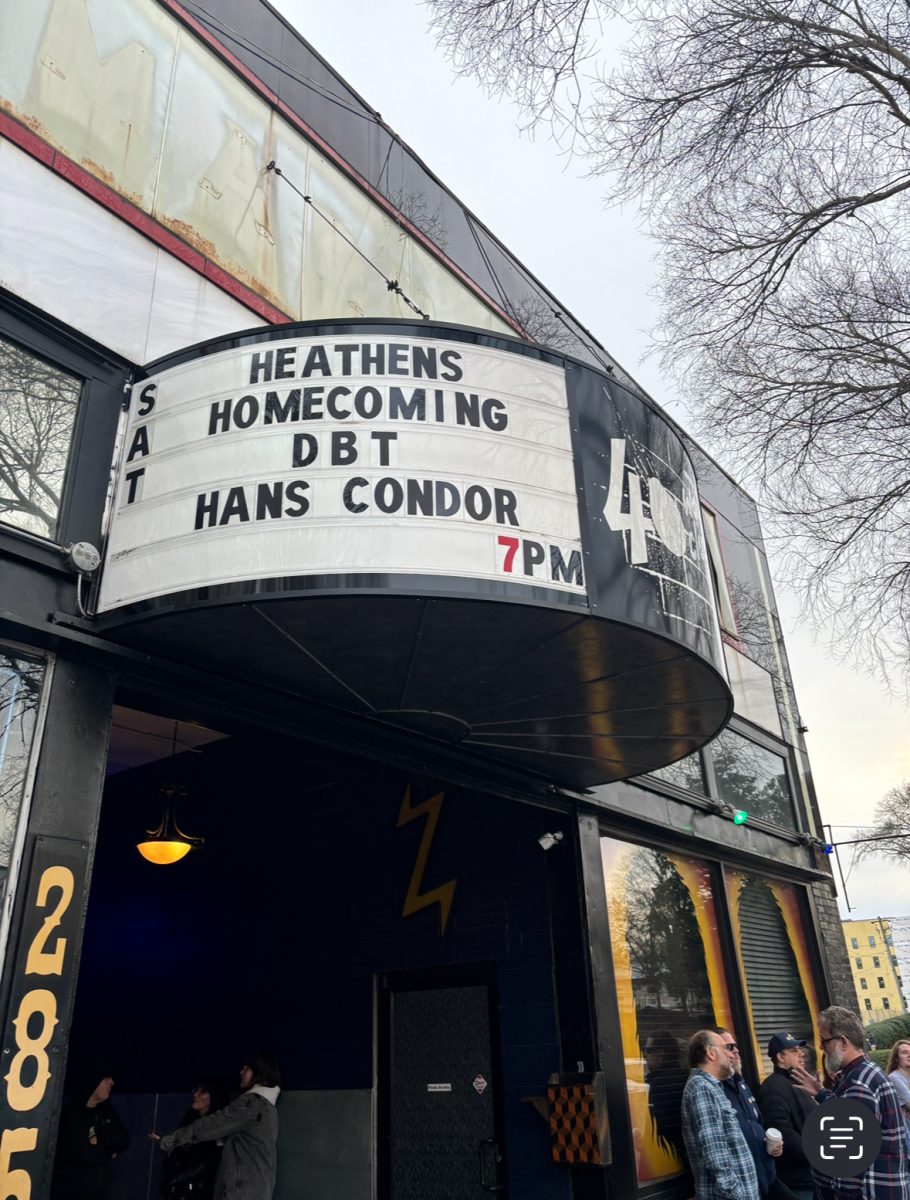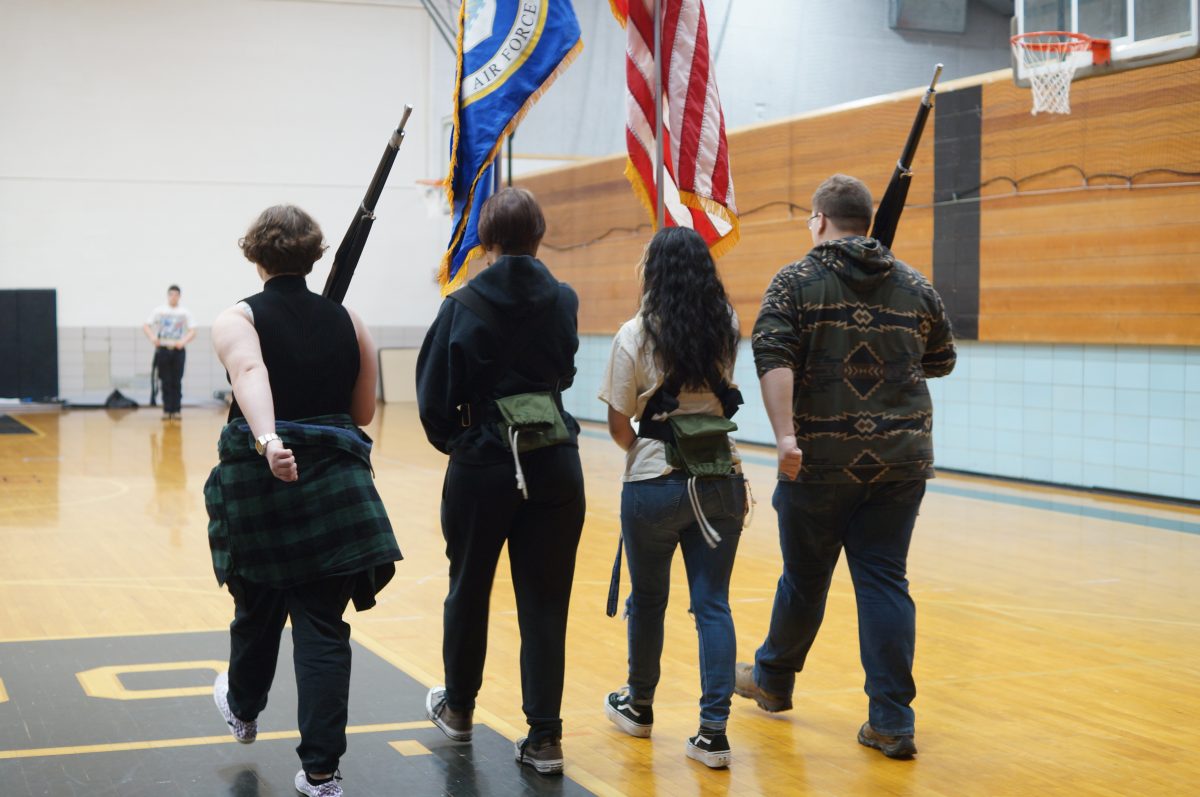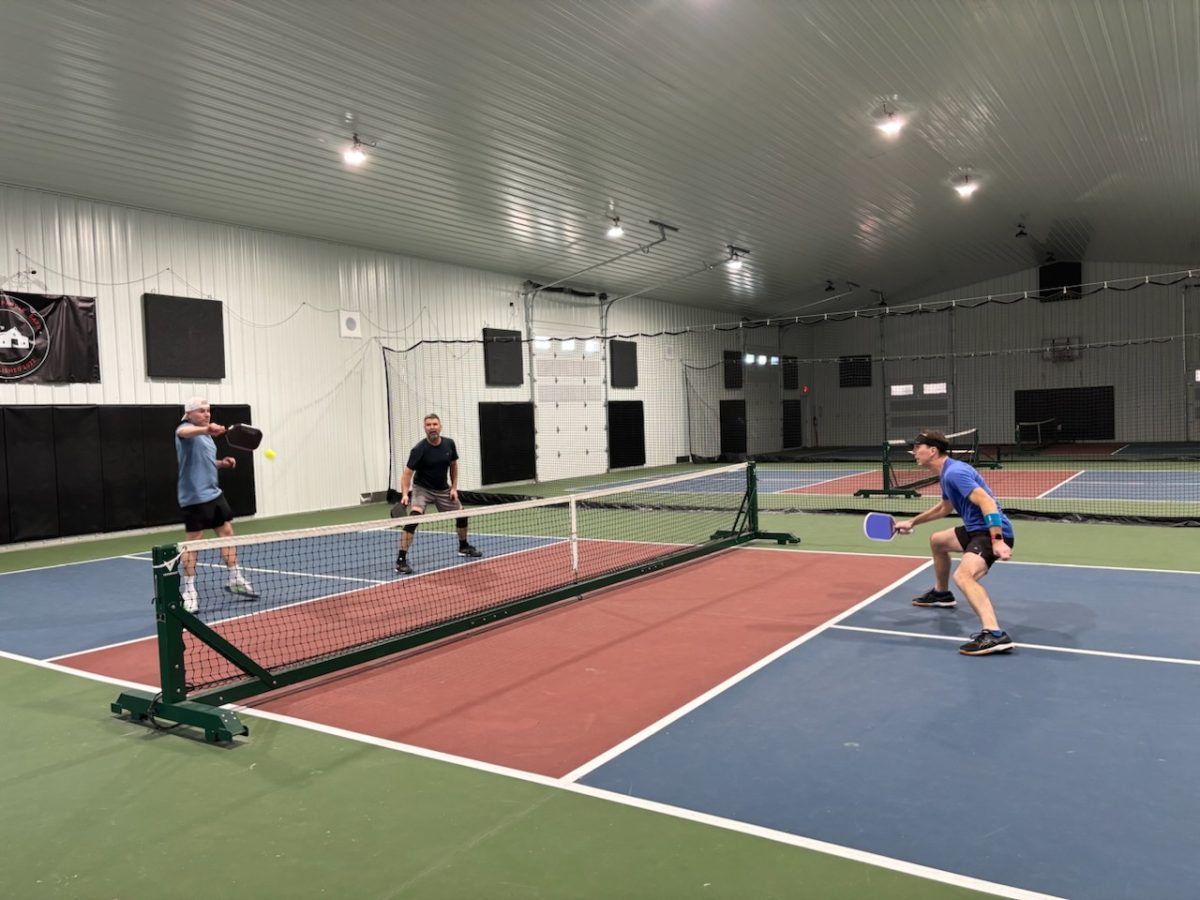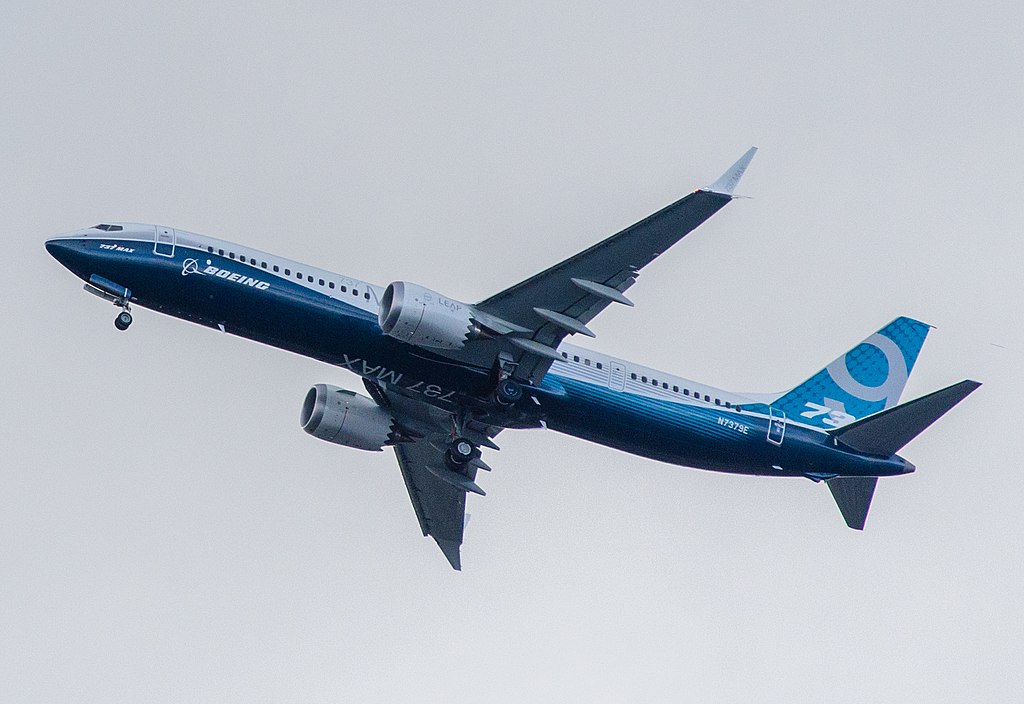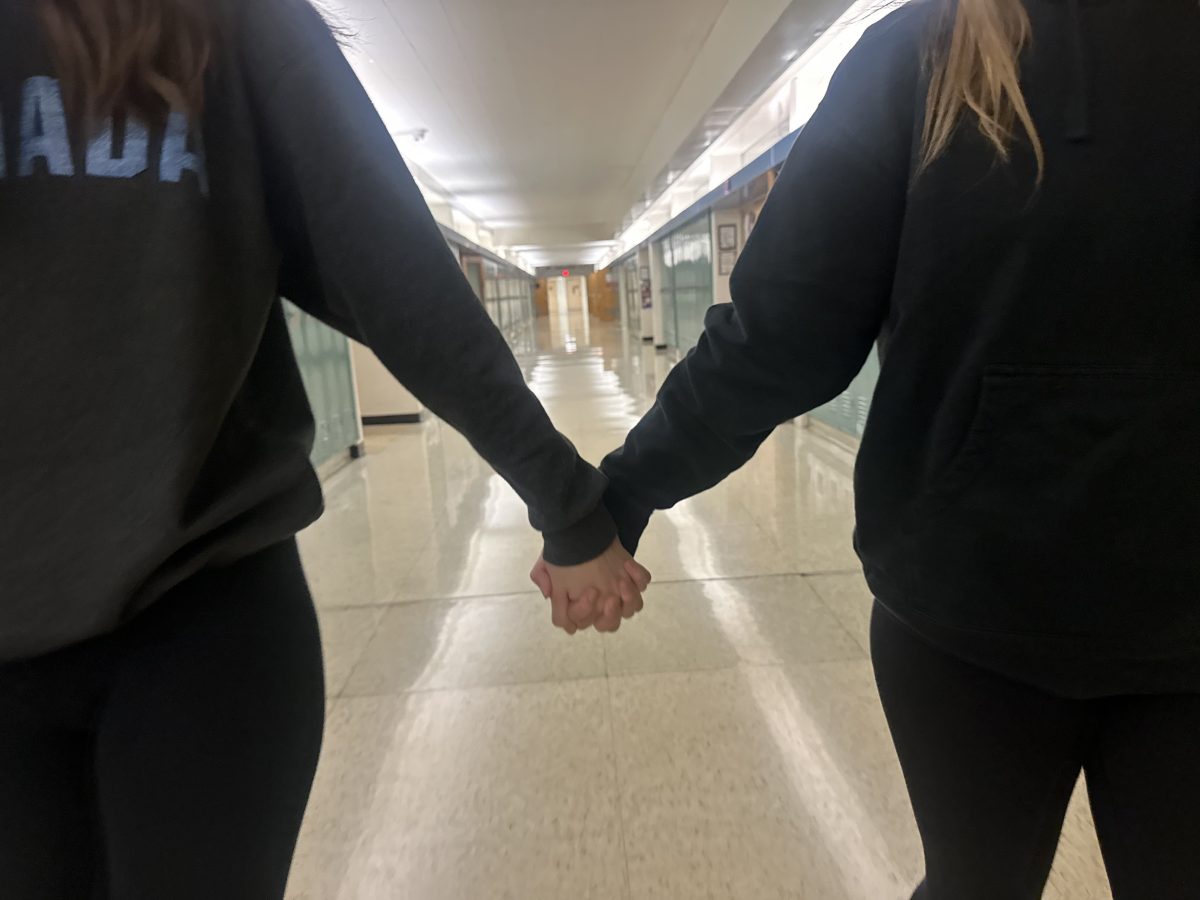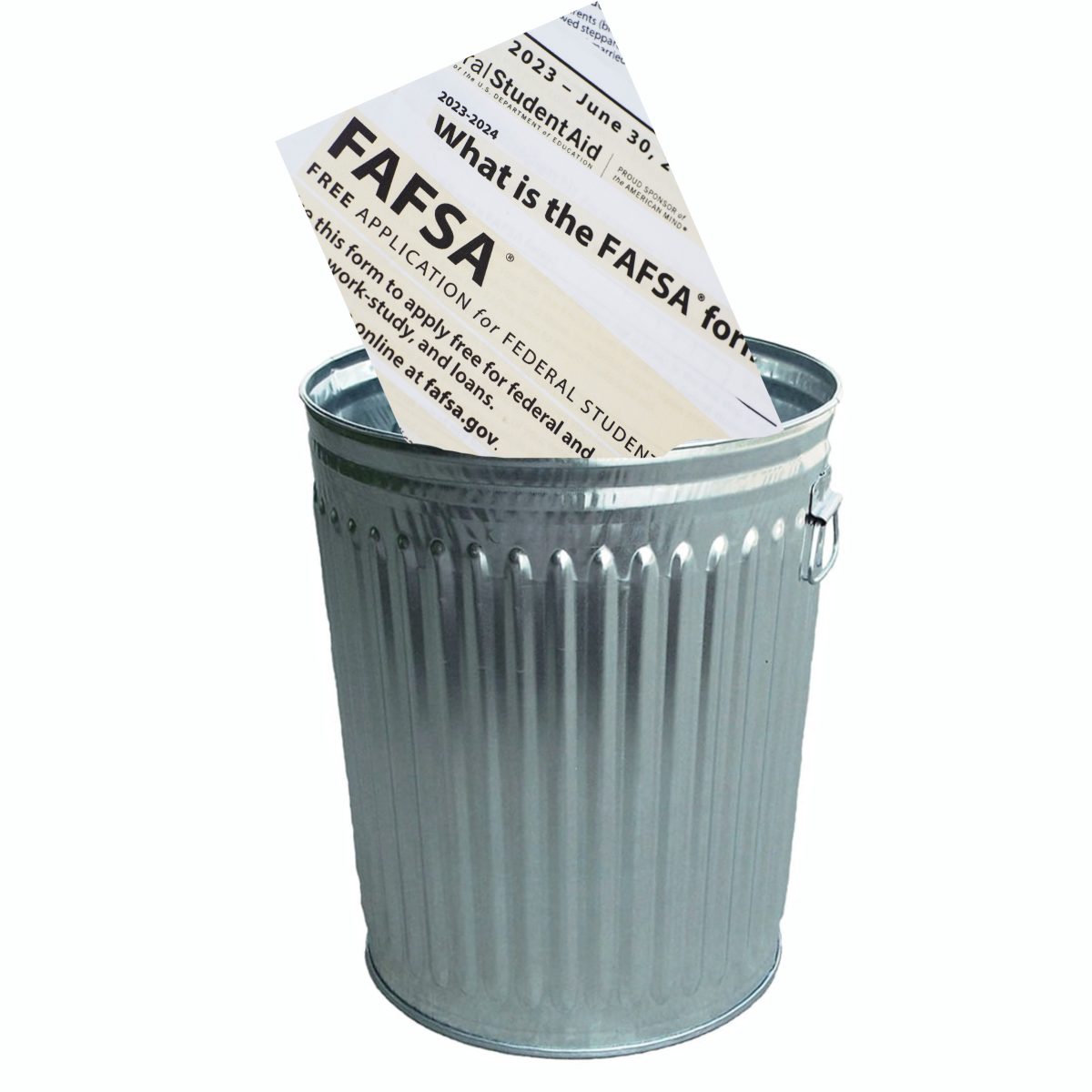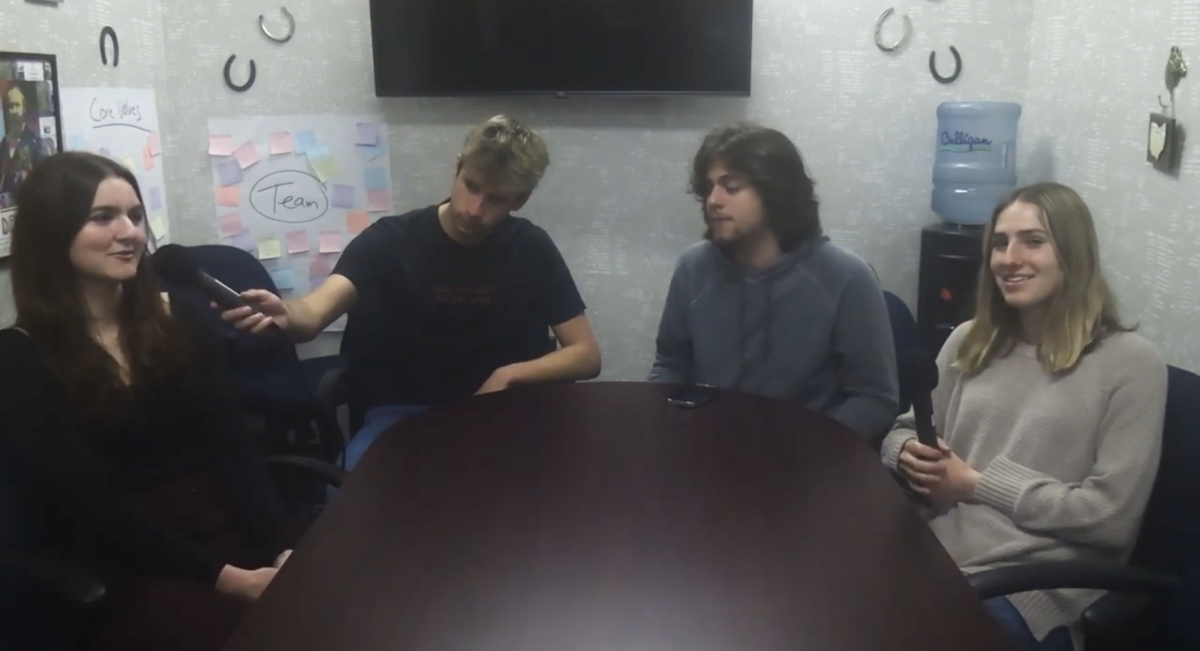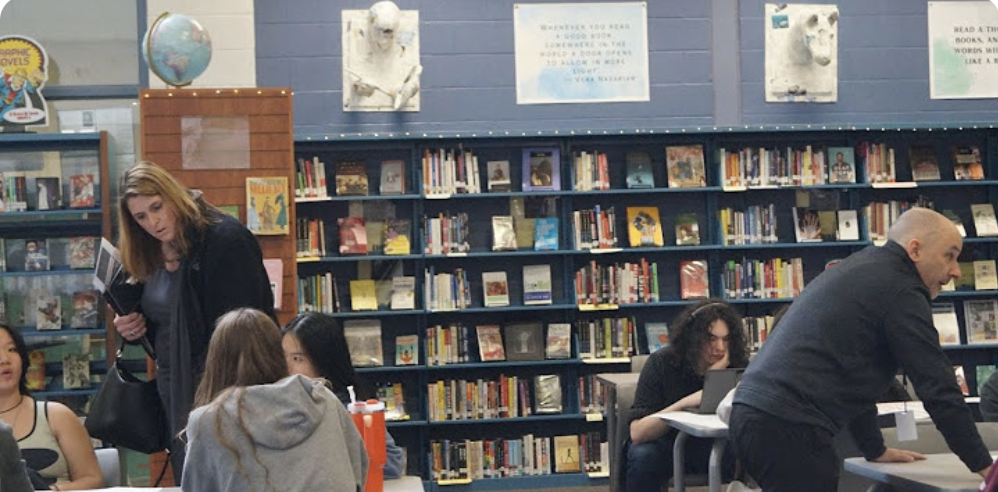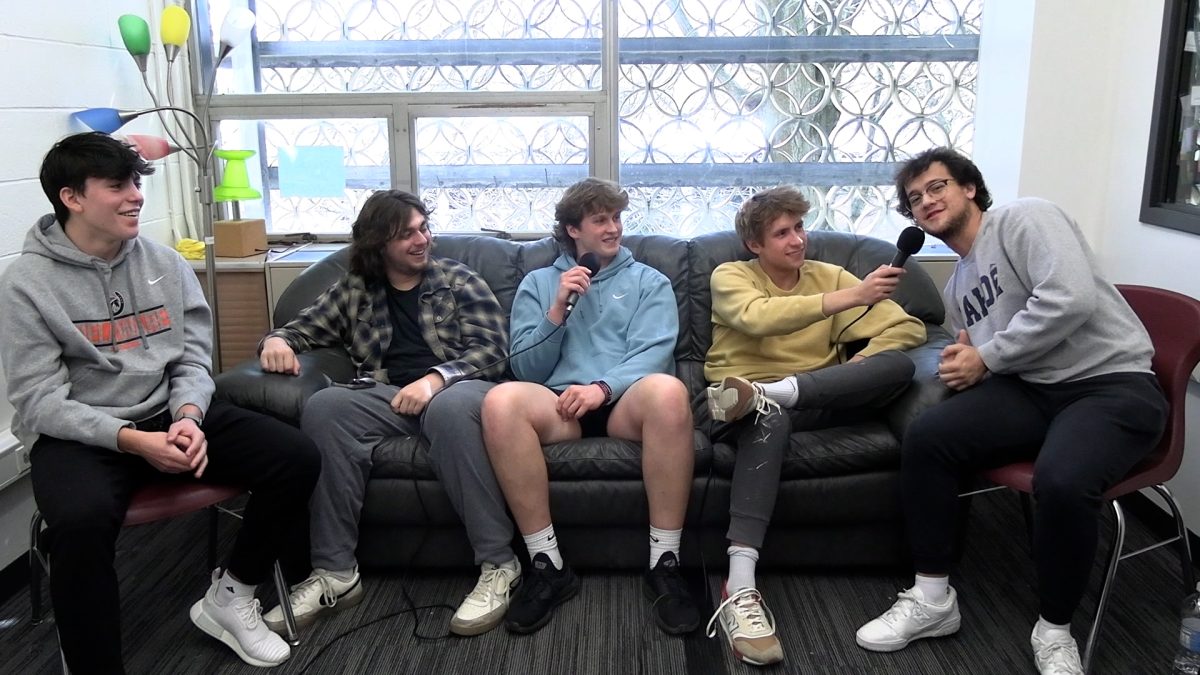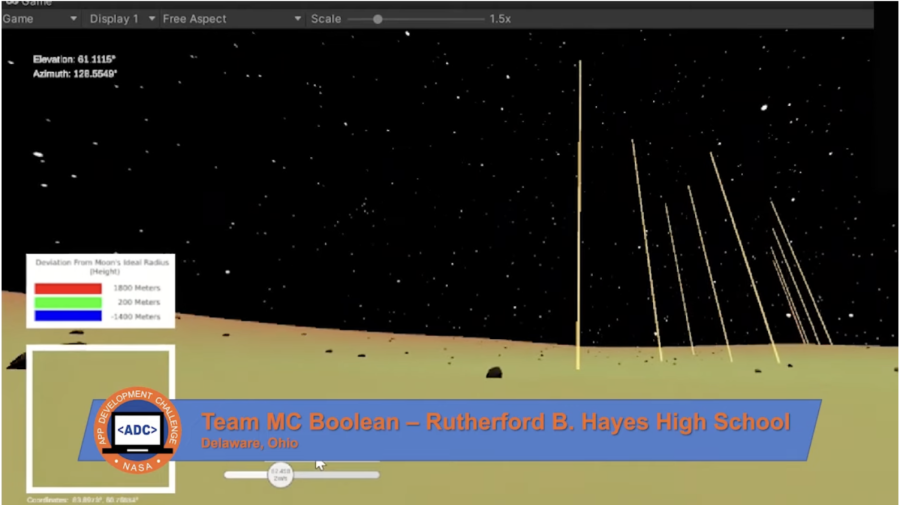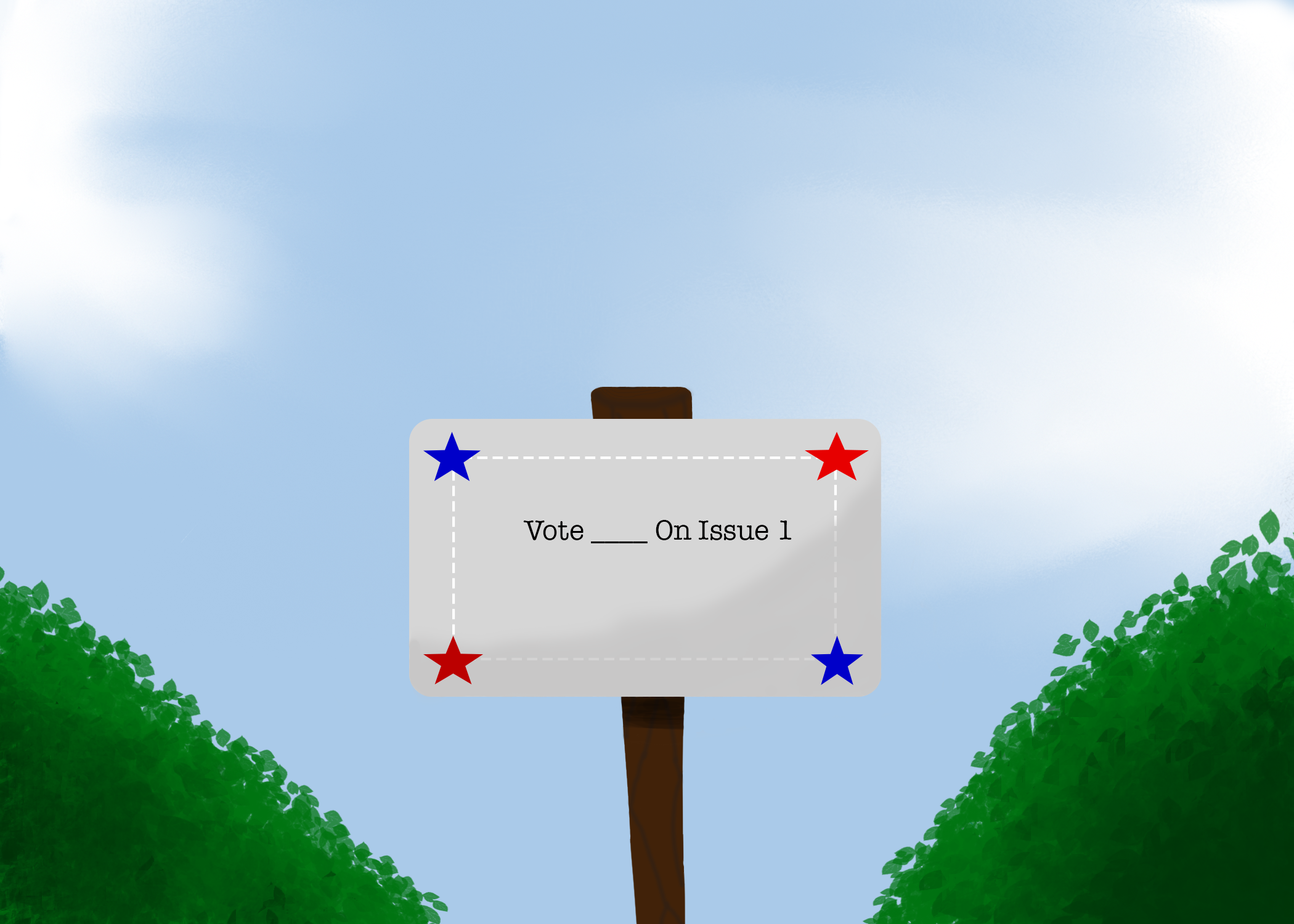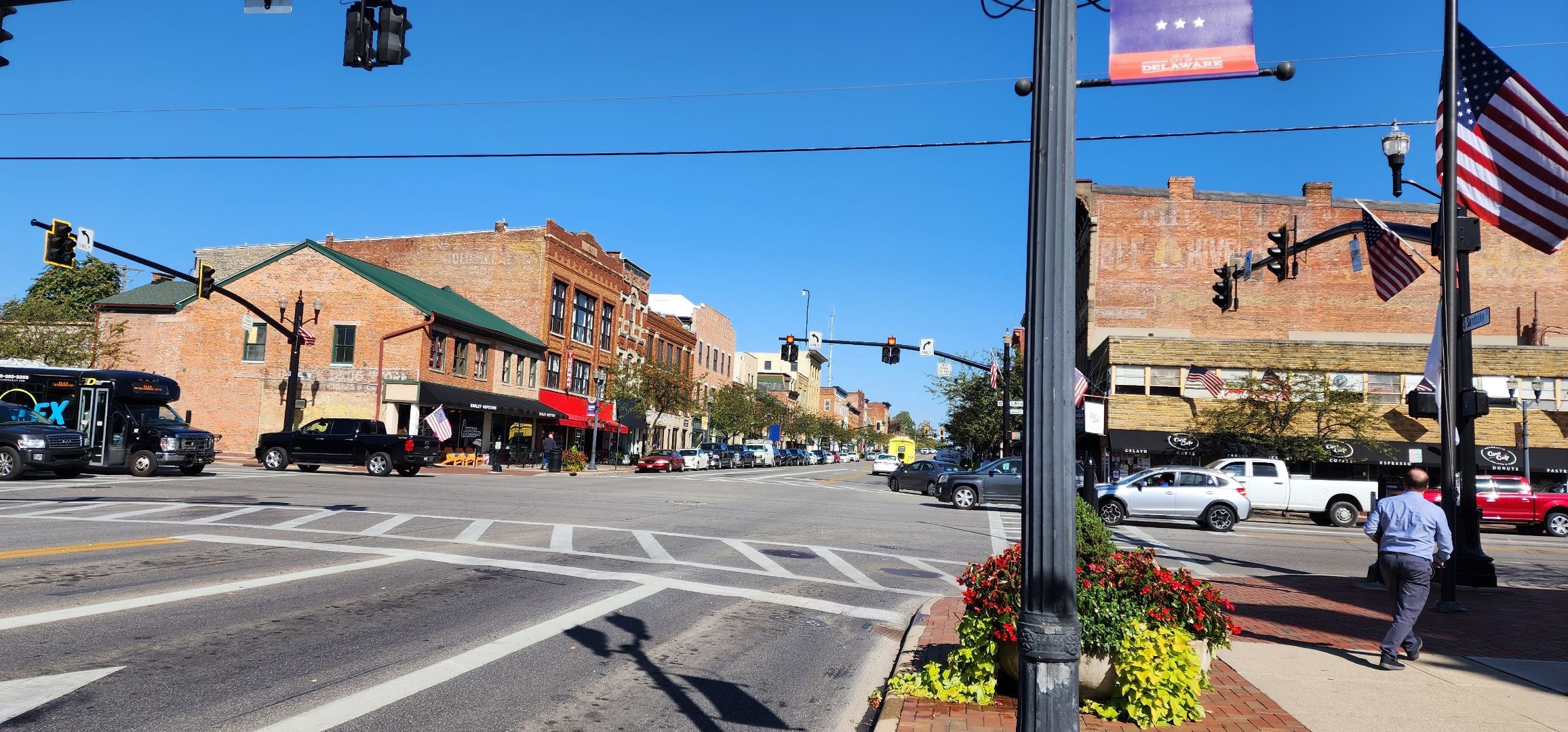Students reach new heights as NASA App Development Challenge finalists
Photo credit: Team MC Boolean, Hayes High School
A team of 5 Hayes students submitted an app for the NASA App Development Challenge in December. The team was named one of three global finalists on Feb 28.
February 28, 2023
Last October, five Hayes students were invited to take on the challenge of developing an app for NASA designed to aid in the Artemis Lunar Program. Today, the team was selected as one of three finalists in this global competition.
The students – seniors Jacob Payne, Meg Wolf, Adam Fronduti and Paul Gabel, and junior Rosemary Cranston – will be headed to Houston in April to present their project to NASA leadership in person.
“This is a huge deal,” said Joanne Meyer, the lead teacher on the project. “The other two teams [that were chosen] are both private schools, and their only focus is STEM. For us to be selected when you’re up against that kind of competition, where they were given class time to work on it and stuff, is a huge deal.”
The other two teams [that were chosen] are both private schools, and their only focus is STEM. For us to be selected when you’re up against that kind of competition, where they were given class time to work on it and stuff, is a huge deal.
— Joanne Meyer
The challenge’s finalists were announced in a video that the team was able to watch together.
“It was a nine minute video and it was terrifying because we were the last team announced,” Wolf said. “Two teams were honorable mentions. They were both middle school teams and they’re presenting their app over zoom to Houston. And then three teams got picked to go in person.”
Their app was submitted in December after ten weeks of working on the project. During development, each student on the team had a different aspect of the app that they were responsible for, from the location and visualization of the moon, to pathfinding algorithms, to the user’s point of view.
“In the beginning, we all kind of had different levels of involvement in the project, like how many hours each person was spending per week,” Payne said. “I would say specifically in the last two weeks of the project, I think each of us were spending something crazy like 20 hours each those last two weeks. It was crazy.”
Specifically, the app is designed to provide navigational information for Artemis III.
“It’s a 3D visualization of the South Pole region of the moon that navigates the user through 10 different points on a path that a rover could communicate back to Earth, and it basically simulates different paths NASA could take for this future mission,” Wolf said.
While in Houston, the students will have opportunities such as taking special tours of NASA facilities and hearing from scientists for the Artemis mission.
The team’s next step is to update and finish their app and create a PowerPoint presentation to show the faculty at NASA before they leave for Houston on April 12.
“They gave us suggestions in our team interview that we did previously, and they said ‘Hey, these are the things you have to fix,’” Payne said. “And then we also have things we would like to add just because we felt like our project was kind of incomplete because of the time constraints.”
NASA describes the App Development Challenge as extremely rigorous. The project was a substantial time commitment for everyone involved.
“This was a full-time job, and they did it in addition to school, and they work, and they play sports,” Meyer said.
The team also managed to surpass immense odds to get to this point.
“[NASA] told me that they considered us a first-year team, because as the lead teacher, I had never done it before, I didn’t know what I was doing,” Meyer said. “A first year team has never even completed the challenge and sent in a submission.”
However, the rigor of the challenge, the months of judging, and all of the hard work paid off when the group of students saw their team name on the screen and learned just exactly what they pulled off together.
“It was really cool,” Wolf said. “It was really, really cool.”

